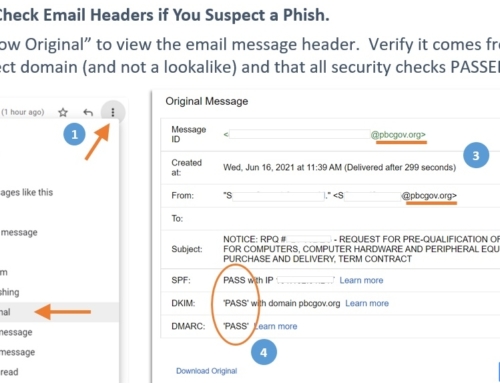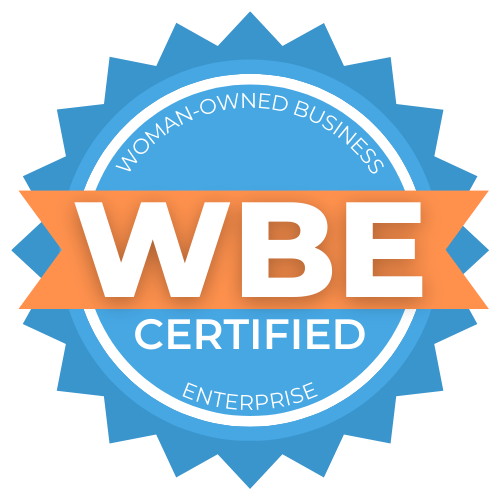Today’s tip includes some do’s and don’ts when it comes to buying technology devices and IT equipment on a small business budget.
One of the mistakes we’ve seen a lot of small businesses make when it comes to technology purchases is trying to save a little bit of money by buying either outdated equipment — you know, models that are a couple of years older or perhaps used, refurbished equipment thinking a router is a router in all the features and functionality are basically the same.
And while it may be true that your business doesn’t need a whole lot of advanced features or really sophisticated capabilities you do have to keep in mind that the security in the reliability of older equipment is never going to be as good as more current technology. Case in point, leading security firm Fortinet identified several high-risk vulnerabilities in four models of D-Link routers last week and when I say high-risk vulnerabilities there’s a standard scale called the CVSS score that security firms give to vulnerabilities to help companies understand which ones are the most severe, most critical and must be addressed or corrected right away and these vulnerabilities scored in 9.8 out of 10, meaning these vulnerabilities could allow a remote attacker to compromise that router and the entire client network. What’s interesting about this is that D-Link came out and said there would not be any security patches or fixes that they would be issuing related to these vulnerabilities because those models and devices are end of life.
But at the time the security report was released at least 3 of those models were still available for sale on Amazon from various sellers. It just underscores the importance of doing your homework, comparing model numbers to the support information on vendor websites to make sure that you understand what you’re buying and that you’re getting the most value for your dollar.
So if you’ve got some big purchases on the horizon, where should you start?
I would always recommend starting with review sites and forums to see what other people who are very knowledgeable in this particular space are saying about the vendors in their products.
Couple of places that you may want to go as Spiceworks or Reddit – there is always a lot of forms people are asking about experiences with various products and you can see reviews and commentary 1st hand. The other thing is you wanna focus on reputable business-grade brands that have been around and have a long track record in the industry and are used by a wide variety of customers.
And then as you’re looking at their models aim for the mid-tier price points or maybe even the low to mid-tier but definitely don’t focus on the entry-level models because those will oftentimes be no better than equivalent consumer-grade products that you might buy in a Best Buy or something like that. 1 of the ways to tell if you’re looking at a higher-end product from a vendor is by checking the warranty a lot of time standard warranty might be one year or 3 years, but for the higher grade yet enterprise or business or pro tier of product you can get up to a 5-year warranty and that just the vendor showing you that they’re standing behind that equipment both from a quality of manufacture point of view but also lengthened duration of support as far as what you can expect from them in the long run.
That wraps up today’s Tech tips for business hopefully you got found that helpful and we love to get a message from you so we know what you’d like to hear about next. Talk to you soon!
















